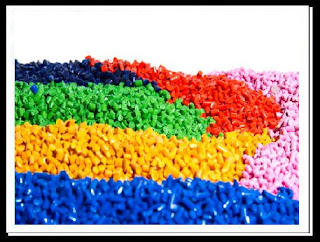What is a masterbatch?
The composition of excessive chemistry accessory ingredient, carrier resins and dispersants which are used for coloring the plastic products which we use on a daily basis is known as masterbatch. Masterbatches are polymer granulates and they are usually considered to be magnificent processing materials. They also guarantee optimum level of process stability, unlike fluids, pastes or powders. There are different types of Masterbatches available in the market-
- Color masterbatch
- Black masterbatch
- White masterbatch
- Additive masterbatch
- Special effect masterbatch
- Filler masterbatch
Additive masterbatch includes UV masterbatch, which is specially used in green house films. The useful life of plastic products is adversely affected by exposure to sunlight and some artificial lights. UV radiation can break down the chemical bonds in polymers and this process is called photo degradation. Due to this it causes cracking, chalking, color changes and the loss of physical properties to the plastic products.
To counteract the harmful effects of UV light, the UV masterbatch is used to solve the problems of UV degradation problems associated with exposure to sunlight.
Classification of UV masterbatch
There are 2 general classifications of UV stabilizers-
To counteract the harmful effects of UV light, the UV masterbatch is used to solve the problems of UV degradation problems associated with exposure to sunlight.
Classification of UV masterbatch
There are 2 general classifications of UV stabilizers-
- Ultra violet light absorber (UVA)
- Hindered amine light stabilizers (HALS)
Among these two categories, HALS is extremely efficient stabilizers against light-induced degradation of most polymers because they do not absorb UV radiation and act to inhibit degradation of polymers. The UV stabilizer masterbatches should be purchased based on sunlight intensity and composition varies according to latitude, atmospheric effects etc. Hence, it is very important that the additive masterbatch/UV masterbatch is selected to suit the exact application.
Other factors that effects the choice of UV masterbatch selection are-
- Product dimensions
- Type and color of pigments present
- Application information such as food or pesticide contact.
UV radiation not only damages plastic, but can adversely affect substances within the plastic such as food and beverages, pharmaceutical products, household, cosmetic and personal care products - by leading to color fading of food, accelerated oxidation of oils and fats and loss of vitamin content in fruit juice and milk. So, it is highly advised to use UV masterbatch and save yourself and your surroundings from the harmful UV rays.





0 comments:
Post a Comment